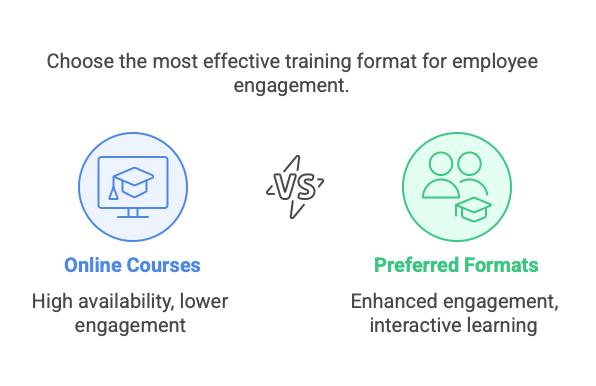Writing in Learning Solutions Magazine Art Kohn said
“If you want people to learn, retain, and ultimately transfer knowledge to the workplace, it is essential that you understand the ergonomics of the brain. Our brain is enormously powerful; it can remember vast amounts of information, so we need to design training that is compatible with the brain’s natural ways of learning.”
The definition of ergonomics is: a science that deals with designing and arranging things so that people can use them easily and safely:
Clearly this concept does not seem to apply when it comes to designing conventional training programmes which were designed to hurl vast amounts of information at trainees and hope that it sticks.
It doesn’t.
In his book Master Your Memory, Tony Buzan outlines the rate of memory loss after conventional training as follows;
- Within one hour people will have forgotten an average of 50% of the information you presented
- Within 24 hours they have forgotten an average of 70% of new information
- Within a week trainees will have lost approx. 90% of the information
Time for change.
Recent research by iSpring, titled The State of Online Corporate Training in 2024: Key Insights for Businesses and Organizations, reveals a large gap between what training professionals offer and what employees actually want.
A key finding was that while 77% of training programs are online courses, only 47% of learners enjoy them.
The research found most employees now prefer microlearning, followed by face-to-face training, role-play simulations, and VR and AR activities.
Additionally, it found that in 2023 companies used face-to-face training 8% more often than in 2022 – albeit with an increased use of blended learning.
This reflects our experience and following the science has prompted us to design training formats that are more compatible with the latest social and learning techniques.
The science also takes into consideration that learners now are predominantly ‘Digital Natives’ who have grown up with technology and get most of their information from a screen.
Social media has changed the way we receive and perceive information and learners don’t have enough concentration for formats that are much longer than a post or a TikTok video.
At Customer Care Insights our training formats are both face-to-face and blended with digital modules.
Face-to-face training is based on the ’55 minute rule’ – no session can run for longer that that time to facilitate ‘sticky learning’
Digital modules are fully interactive, designed around microlearning principles, with audio and strong video/visual content. Modules do not run to longer that 5 minutes.
There is also emphasis on scenario training, both in face-to-face and in digital formats.
.


